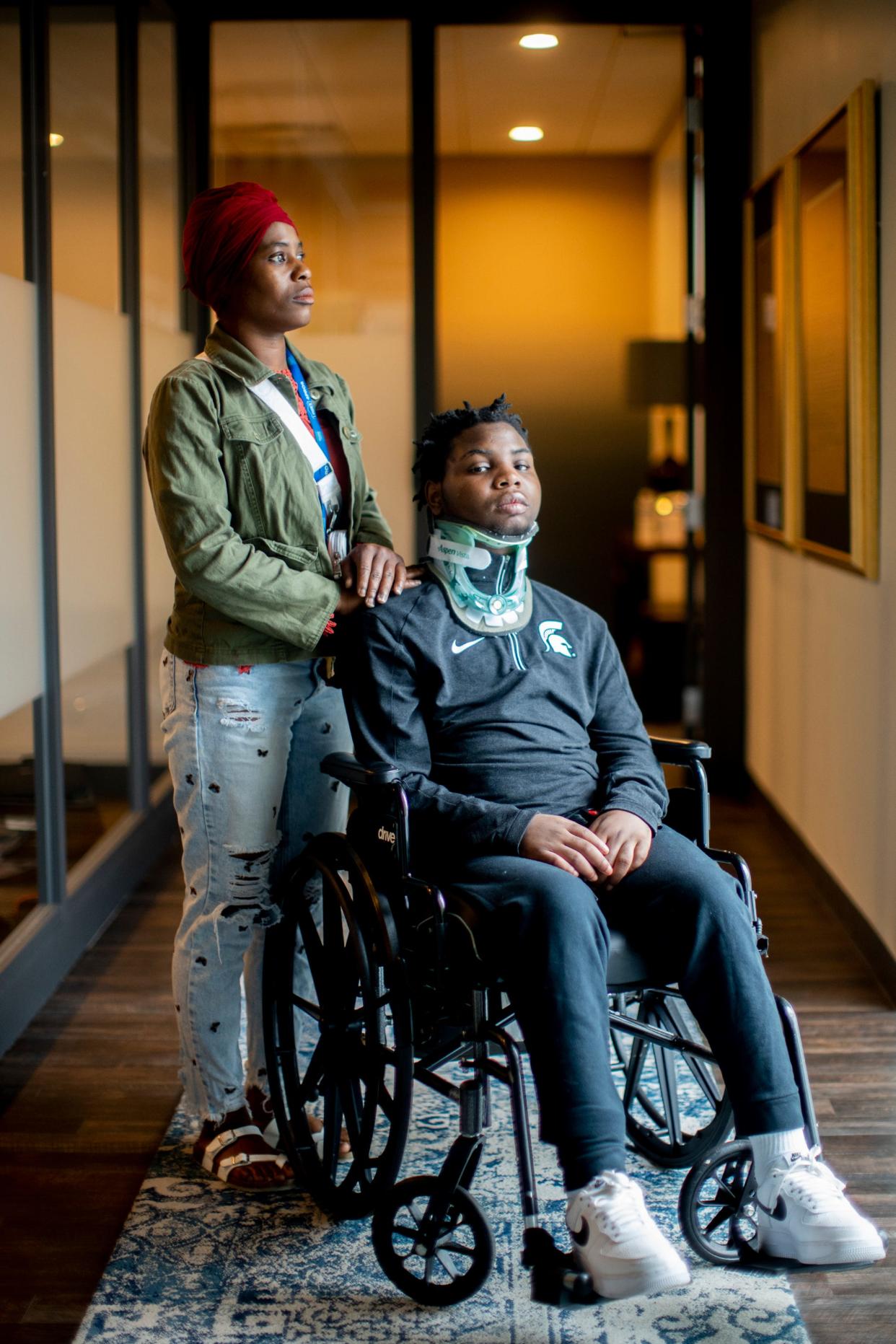Ohio youth prison task force work expected to continue through spring

- Oops!Something went wrong.Please try again later.
After an eight-month investigation detailed alarming conditions inside juvenile lockups, Ohio Gov. Mike DeWine asked a group of experts to "think big" and find fixes.
But recommendations for sweeping changes as well as tweaks aren't expected until at least spring, according to Tom Stickrath, the former youth prisons director who is now leading the task force.
So far, the juvenile justice task force has been on an in-person and virtual listening tour:
Department of Youth Services Director Amy Ast outlined the big challenges, including hiring and retaining workers as guards, teachers and health providers.
Union leaders told the panel that they don't trust Ast and her team and that incarcerated juveniles are allowed to attack staff without facing consequences.
Stark County Assistant Prosecutor Melissa Day reported that penalties for attacking staff are slow − resulting in teens continuing to be violent.
Experts from the Council of State Governments and the Annie E. Casey Foundation urged Ohio leaders to use research and data to approach challenges such as staff shortages, violence and mental health treatment.
The investigation by The Cincinnati Enquirer, The Columbus Dispatch, Akron Beacon Journal, Canton Repository and other newspapers found the state and local system is overwhelmed by violence and trauma and doesn't have enough employees to provide adequate security, education and mental health treatment for incarcerated children.
Employees and kids are injured − sometimes seriously − in fights and assaults that erupt without warning. Workers are struggling to maintain order and fear for their own safety. Within three years of leaving a state youth prison, four in 10 teens are incarcerated again in either the youth or adult system. And those who don't return to prison face a higher likelihood of dying an early death.
Investigation Kids Behind Bars: Chaos, violence and neglect plague youth prisons and detention centers
Stickrath said he wants the task force to hear from more experts and insiders before thinking about recommendations they should make to the governor sometime next spring.
Stickrath said he is also reviewing messages sent to a "suggestion box" email address hosted by the Department of Youth Services. The email address is JJWGComments@dys.ohio.gov.
Stickrath said one early idea is that Ohio may want to consider building smaller, community-based correctional facilities to house teens involved in violent crime.
Laura Bischoff is a reporter for the USA TODAY Network Ohio Bureau, which serves the Columbus Dispatch, Cincinnati Enquirer, Akron Beacon Journal and 18 other affiliated news organizations across Ohio.
Get more political analysis by listening to the Ohio Politics Explained podcast
This article originally appeared on The Columbus Dispatch: Gov. DeWine's youth prison task force work to continue through spring

